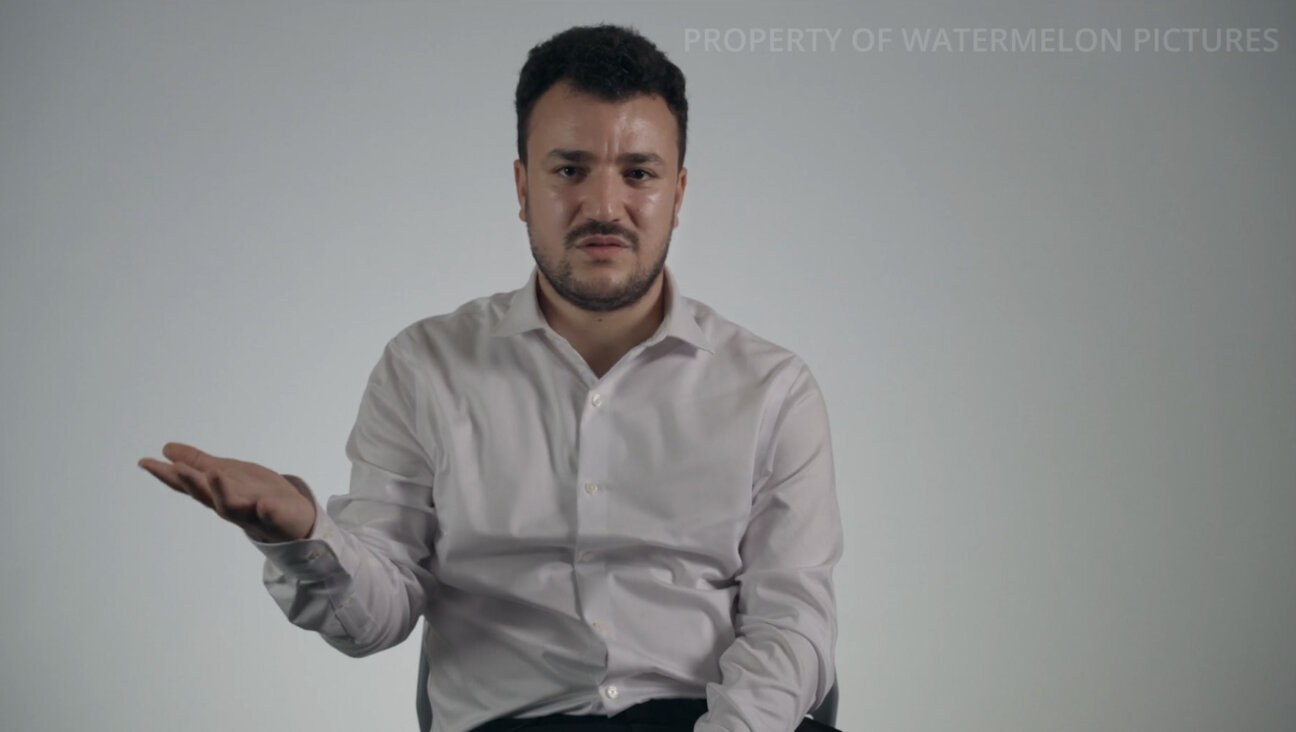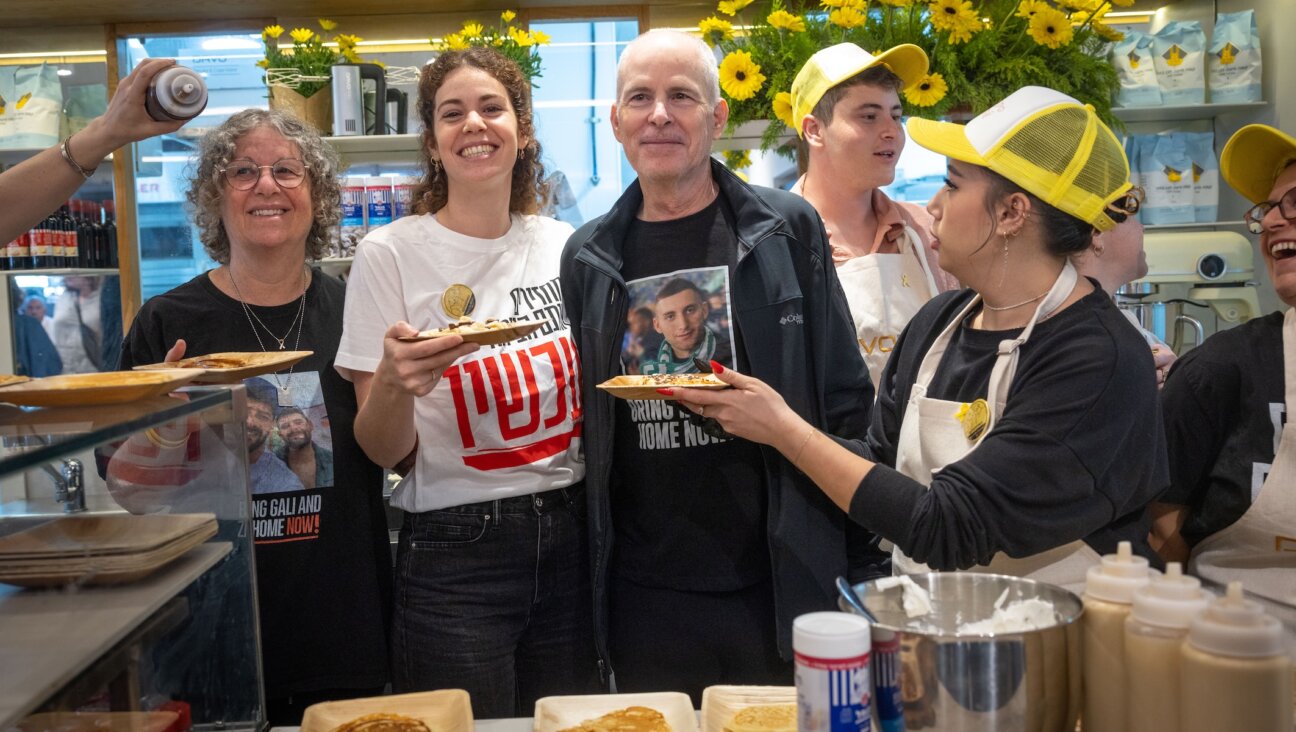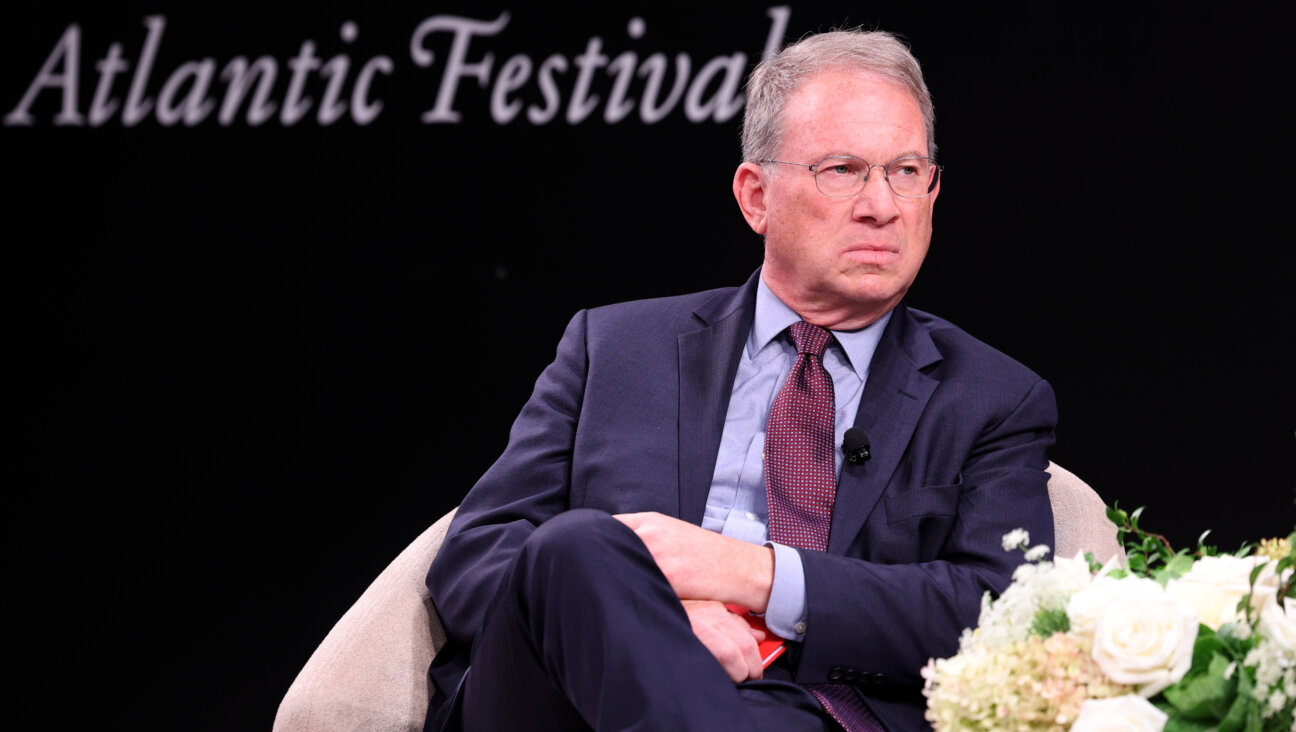My Very Jewish Christmas

Joy to the World: Abigail Jones sits on Santa?s lap as a child. She explains how celebrating Christmas was a tradition that helped her Jewish ancestors fit in to American life. Image by courtesy of abigail jones
As soon as Thanksgiving heaved its final turkey-filled breath, and the leafless trees were primed for snow, Christmas burst forth in my childhood home. The kitchen smelled of warm sugar cookies. Dozens of holiday cards appeared, almost spontaneously, taking up every spare inch of space that wasn’t already occupied by a white poinsettia. We hung stockings that my aunt knitted, complete with soft Santa Claus beards and large bells at each toe. My sister and I made peanut butter sandwiches (my father’s favorite), and left them out for Santa — at least while we were still young enough to believe that the gifts signed in “his” squiggly handwriting were really from him. (This was fun, until my father received a present from Mrs. Claus and my sister became convinced that the two of them were having an affair).
We listened to Elvis Presley holiday songs. And we decorated the tree — not with matching baubles and perfectly placed lights, but with homemade oddities and hand-me-down ornaments, leaving the tree looking like a 5-year-old who just learned how to dress herself. The finishing touch was my favorite: a star that I made in the Second Church Nursery School, out of Popsicle sticks, yellow paint and glitter. This was no ordinary star; it was a Star of David. And each year, it hung smack in the middle of our Christmas tree, like a beacon from my family’s past — a very Jewish past.
I grew up celebrating Hanukkah, going to synagogue and observing the High Holy Days. My sister and I had bat mitzvahs (instead of going to Hebrew school, I was tutored by a trio of Brandeis University students — Ariel, Ari and Avi). If you were to ask us our religion, we’d both say Jewish — Reform, with strong influences from ethical culture. But my family celebrates Christmas partly because my father grew up Protestant (he converted to Judaism after he married my mother), and mostly because it has been passed down, generation after generation, through the Jewish side of my family.
Christmas has been a tradition on my mother’s side dating back at least to the childhood of my great-grandmother and probably even further. She gathered with her siblings, cousins, aunts and uncles to share in the joys of the holiday, just as my own mother did growing up in the 1950s and ’60s, opening presents under the tree and then dining with extended family in New York City. My mother’s parents encouraged her to unselfconsciously revel in the magic of Christmas. And she was not alone: Nearly all her friends in the predominantly Jewish section of Scarsdale, N.Y., the quintessential suburban enclave of education and upward mobility in which she lived, celebrated Christmas in the same bounteous way. These customs were then passed down to me.
Christmas is a complicated matter for American Jews. As Jonathan Sarna, a professor of American Jewish history at Brandeis University, explained by phone to the Forward: “Christmas becomes the boundary between Jews and Christians over time. This is a moment of publicly declaring, ‘Are you in or are you out?’” For me, my family’s Christmas celebration is not about making a choice — accepting Christmas or rejecting Judaism; rather, it’s an embrace of the spirit of giving, the enchantment of Santa, the coming together of family and the celebration of what has become a joyous national secular holiday. Ours is a particularly American story, rooted in the history of immigration, assimilation and popular culture.
In 19th-century Europe, upper- and middle-class German Jews celebrated Christmas as a secular holiday devoid of religious symbolism; for them, it was about gathering with family around the tree, decorating the home and singing carols. When this wave of Jews came to America in the mid-19th century, they brought their way of life with them. In 1870, President Ulysses S. Grant declared Christmas an American national holiday, and over time, many Jews, especially those from Germany, continued their Christmas celebrations, eager to assimilate into American culture. And that culture included a de-Christianized Christmas.
My ancestors were part of this melting pot. My mother’s family left Germany for America, landing in Baltimore in the 1840s with their secular holiday traditions and desire to create a new life. A generation later, three great-great uncles, Reuben, Benjamin and Isaac Goldsmith, moved to New York City, where they founded Goldsmith Bros. in 1886, a prominent stationery store in Lower Manhattan that became one of the largest in the country.
Their story also reflects the histories of the far more powerful and influential Jewish families profiled in Stephen Birmingham’s seminal “Our Crowd.” The Seligmans, Lehmans, Strauses, Sachs, Guggenheims and other great Jewish families of New York were the arbiters of what it meant to be culturally Jewish. At the core of this, Birmingham explains, was family: It “had become the crowd’s most powerful religion. It was why family holidays and anniversaries had become far more important than the Sabbath or the Jewish holy days.”
My maternal grandmother, Sally Anne Rudolph (yes, Rudolph), grew up in this family-oriented Christmas tradition. When she met her husband, Charlie Brand, before World War II, they exchanged Christmas gifts before they married — before he even returned home from the war. When they had their first daughter (my mother), they named her Virginia after “Yes, Virginia, There Is a Santa Claus,” the famous editorial that appeared in The New York Sun in 1897 and has since become a beloved fixture of the American Christmas story.
In the 20th century, everything that could have been commercialized about Christmas was commercialized, transforming the holiday into a mass-produced American spectacle. This blending of culture, commerce and Christmas ensured the holiday’s place at the heart of our national character, thanks in large part to Jews. American Jewish songwriters penned some of the most popular carols, and what we know as Macy’s Thanksgiving Day Parade began in 1924 as Macy’s Christmas Parade, with the Straus brothers inaugurating Santa’s debut appearance in Herald Square.
“A lot of what surrounds Christmas is what I call corporate folklore; it’s created by corporations,” Michael Noer, executive editor of Forbes, explained in a telephone interview. Noer won a Watson Fellowship after college, and spent 18 months traveling around the world, studying the history of Santa Claus. Indeed, Santa Claus as we know him today was born in the 1930s, when the Coca-Cola Co. commissioned artist Haddon Sundblom to rebrand Santa for the masses. Even “Rudolph the Red-Nosed Reindeer,” the darling of Christmas storytelling, was the result of a marketing campaign masterminded in 1939 by retailer Montgomery Ward. (Both Robert L. May, who wrote the story, and Johnny Marks, who adapted it into song, were secular Jews.)
“During the twentieth century, the religious and secular character of the holiday merged into the family setting as families created their own home traditions: purchasing a Christmas tree, decorating the tree, exchanging gifts, and attending church services,” Joshua Eli Plaut writes in the new book “A Kosher Christmas: ‘Tis the Season To Be Jewish.” The holiday represented “a festive time in which [German Jews] gladly participated as both a reflection of their status and a means to assimilate into American society.”
Nowhere was this phenomenon truer than in my mother’s childhood. She and her family decorated a tree in the living room with ornaments and lights, set up a Christmas village beneath its branches and scattered cotton balls everywhere to look like snow. “I have magical memories as a little girl of Christmas,” my mother told me. “First, we opened presents on Christmas morning. It was as if they magically appeared under the tree. But we weren’t done yet!”
After opening a seemingly endless bounty of gifts — Pappagallo shoes, petticoats, easels, bicycles, Madame Alexander dolls — she headed into Manhattan for the family’s extravagant Christmas party at the Beresford, where her relatives lived. (In New York magazine Justin Davidson called the building an “apotheosis of early-twentieth-century domestic grandeur.… Only New York could produce a monument to Jewish home life as imposing as the Beresford, and perhaps only in the late twenties, in the exultant moment before the stock-market crash.”) The men wore suits and red vests, the women velvet dresses; the children dressed up in fancy outfits of their own. After a sit-down dinner of roast beef, potatoes and vegetables, plus a chocolate Santa at everyone’s seat — all of it served on beautiful china and crystal by a fleet of servants hired for the day — the coveted moment arrived: Santa (my great-uncle Alan Rudolph) appeared with his gigantic bag and, miraculously, a present for each child.
“It was an unbelievably fabulous, fabulous day,” my mother recounted. “But what I experienced was not unusual at the time. I was not the only Jewish girl who grew up with a Christmas tree in Scarsdale. Most of my friends celebrated it as a secular holiday, and we felt sorry for the few that didn’t — and they felt sorry for themselves.”
When my mother was old enough, she was called upon to read aloud from “Yes, Virginia, There Is a Santa Claus” at the family dinner. I can hear her now: “[Santa] exists as certainly as love and generosity and devotion exist, and you know that they abound and give to your life its highest beauty and joy. Alas! how dreary would be the world if there were no Santa Claus. It would be as dreary as if there were no Virginias.”
I can just imagine my mother’s delight at hearing this final line, but of course, the significance of “Yes, Virginia” goes beyond her namesake. At the heart of the Sun’s editorial lie the humanistic values that Christmas represented for German Jews — the love, kindness and generosity that brought my family together around the Christmas tree for generations.
These days, my sister is married and I am engaged, and we are both figuring out how to incorporate the traditions of our childhood into the families we are building. To a certain extent, the mass production of Christmas that began in earnest in the 20th century has spread so seamlessly into American culture that even Jewish culture has been transformed; “Chrismukkah,” Hanukkah bushes and Hanukkah Harry are now just as recognizable as Christmas trees and Santa Claus. But for me they are not the same thing.
I would like to have a Jewish home, and I want to raise my children Jewish, but I also want them to taste the enchanting experiences of Christmas that have been passed down to me. I want them to make the homemade version of the Restaurant School Special, from West Philadelphia’s Koch’s Deli, and leave it out for Santa Claus (because that’s my fiancé’s favorite sandwich). I want them to hang stockings with bells at the toes. To make their own ornaments. To sing Elvis Christmas songs. It matters less to me what we do and more that we do it. Because mostly, I want them to experience that incredible, irreplaceable feeling of waking up on Christmas morning, sprinting downstairs and discovering that Santa really has come. And I want them to understand that our Christmas has as much to do with that very magic moment as it does with generations of their own Jewish family legacy.
Abigail Jones is the digital features editor of the Forward. She can be contacted at [email protected] and on Twitter @AbigailDJ
The Forward is free to read, but it isn’t free to produce

I hope you appreciated this article. Before you go, I’d like to ask you to please support the Forward.
At a time when other newsrooms are closing or cutting back, the Forward has removed its paywall and invested additional resources to report on the ground from Israel and around the U.S. on the impact of the war, rising antisemitism and polarized discourse.
Readers like you make it all possible. We’ve started our Passover Fundraising Drive, and we need 1,800 readers like you to step up to support the Forward by April 21. Members of the Forward board are even matching the first 1,000 gifts, up to $70,000.
This is a great time to support independent Jewish journalism, because every dollar goes twice as far.
— Rachel Fishman Feddersen, Publisher and CEO
2X match on all Passover gifts!
Most Popular
- 1
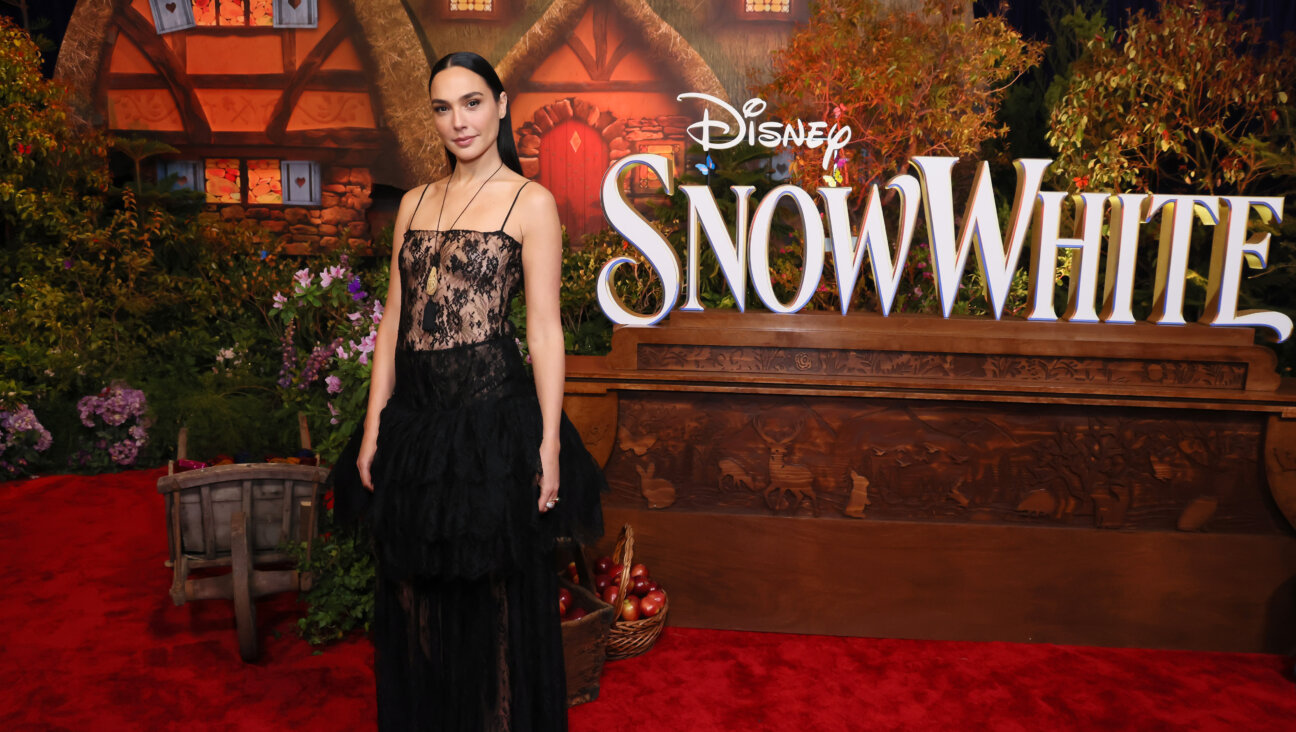
Film & TV What Gal Gadot has said about the Israeli-Palestinian conflict
- 2
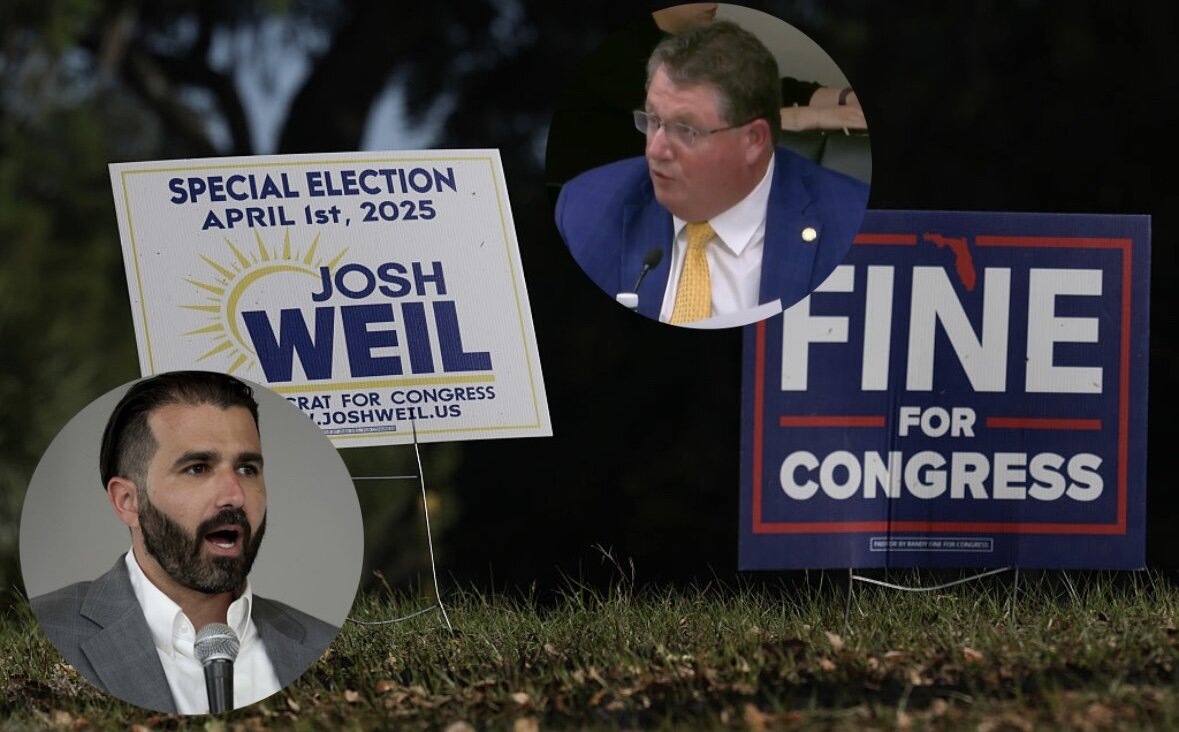
News A Jewish Republican and Muslim Democrat are suddenly in a tight race for a special seat in Congress
- 3
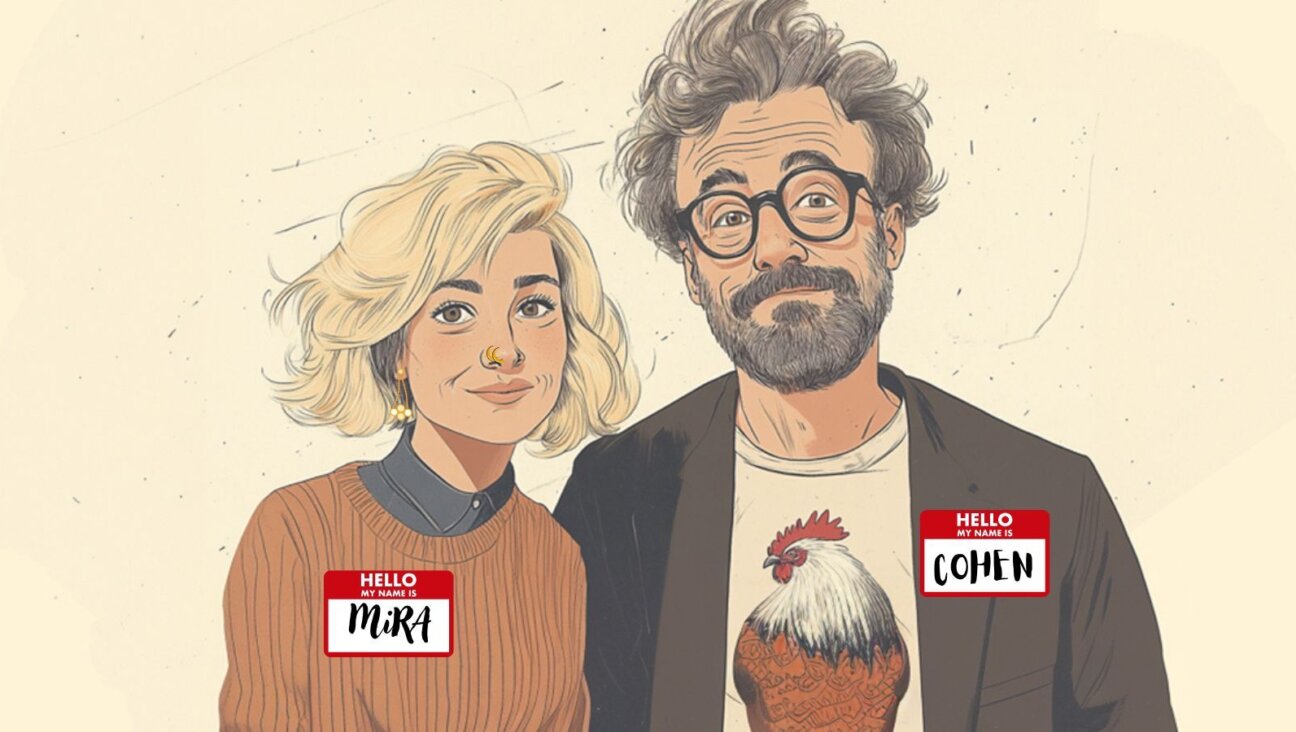
Culture How two Jewish names — Kohen and Mira — are dividing red and blue states
- 4

Fast Forward The NCAA men’s Final Four has 3 Jewish coaches
In Case You Missed It
-

Books The White House Seder started in a Pennsylvania basement. Its legacy lives on.
-

Fast Forward The NCAA men’s Final Four has 3 Jewish coaches
-

Fast Forward Yarden Bibas says ‘I am here because of Trump’ and pleads with him to stop the Gaza war
-
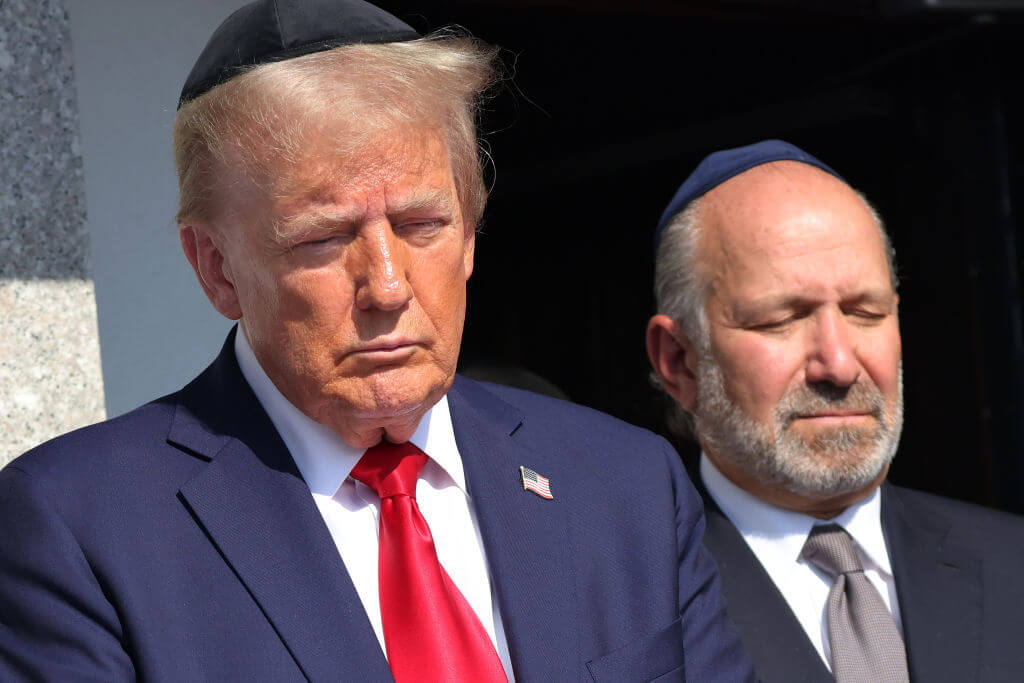
Fast Forward Trump’s plan to enlist Elon Musk began at Lubavitcher Rebbe’s grave
-
Shop the Forward Store
100% of profits support our journalism
Republish This Story
Please read before republishing
We’re happy to make this story available to republish for free, unless it originated with JTA, Haaretz or another publication (as indicated on the article) and as long as you follow our guidelines.
You must comply with the following:
- Credit the Forward
- Retain our pixel
- Preserve our canonical link in Google search
- Add a noindex tag in Google search
See our full guidelines for more information, and this guide for detail about canonical URLs.
To republish, copy the HTML by clicking on the yellow button to the right; it includes our tracking pixel, all paragraph styles and hyperlinks, the author byline and credit to the Forward. It does not include images; to avoid copyright violations, you must add them manually, following our guidelines. Please email us at [email protected], subject line “republish,” with any questions or to let us know what stories you’re picking up.







